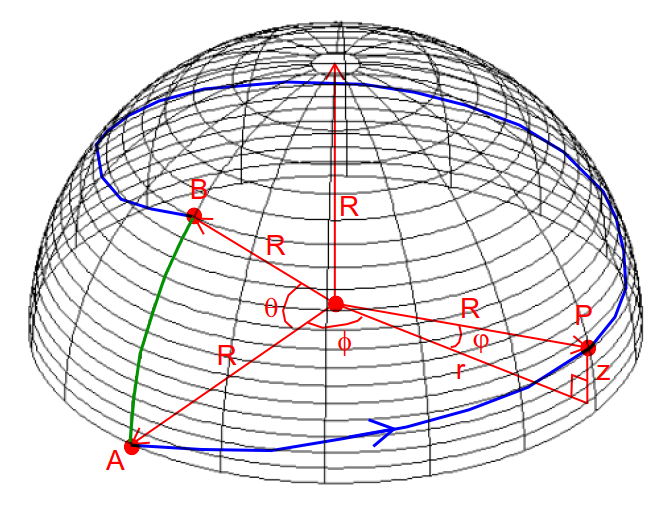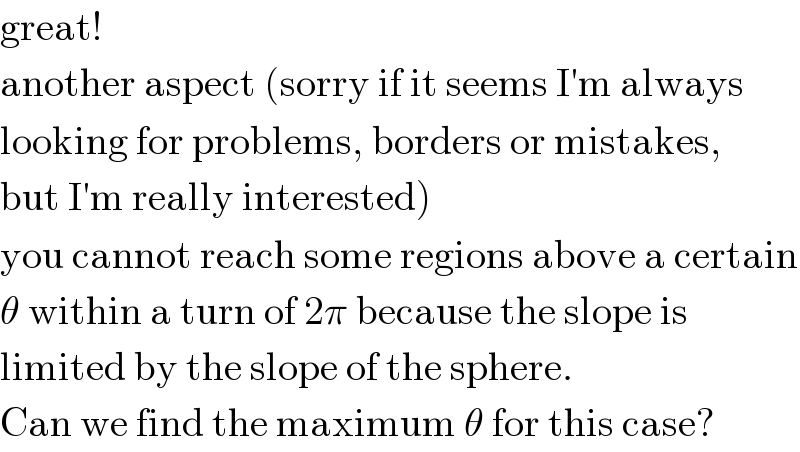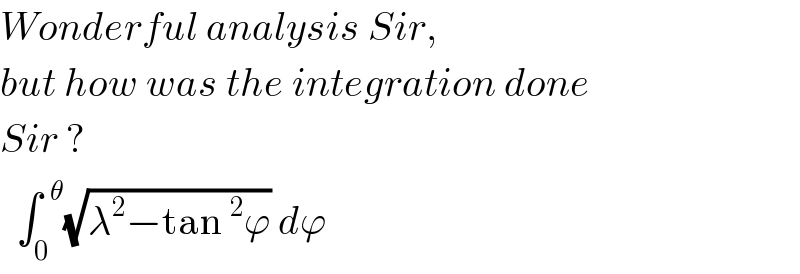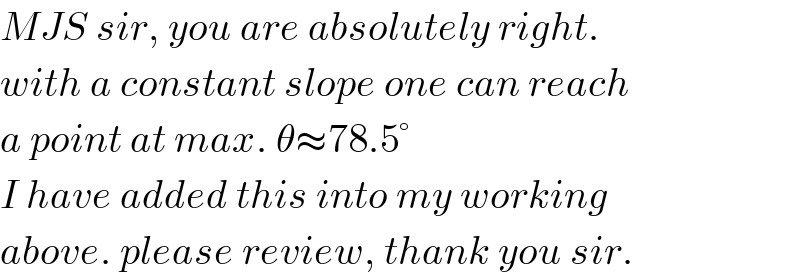
Question and Answers Forum
Question Number 45187 by MrW3 last updated on 10/Oct/18

Commented by MrW3 last updated on 12/Oct/18

Commented by MJS last updated on 10/Oct/18

Commented by ajfour last updated on 10/Oct/18

Commented by MJS last updated on 10/Oct/18

Commented by MrW3 last updated on 10/Oct/18

Commented by MrW3 last updated on 10/Oct/18

Answered by ajitbh last updated on 10/Oct/18

Commented by ajitbh last updated on 10/Oct/18

Commented by MrW3 last updated on 10/Oct/18

Commented by MrW3 last updated on 10/Oct/18

Commented by ajfour last updated on 10/Oct/18

